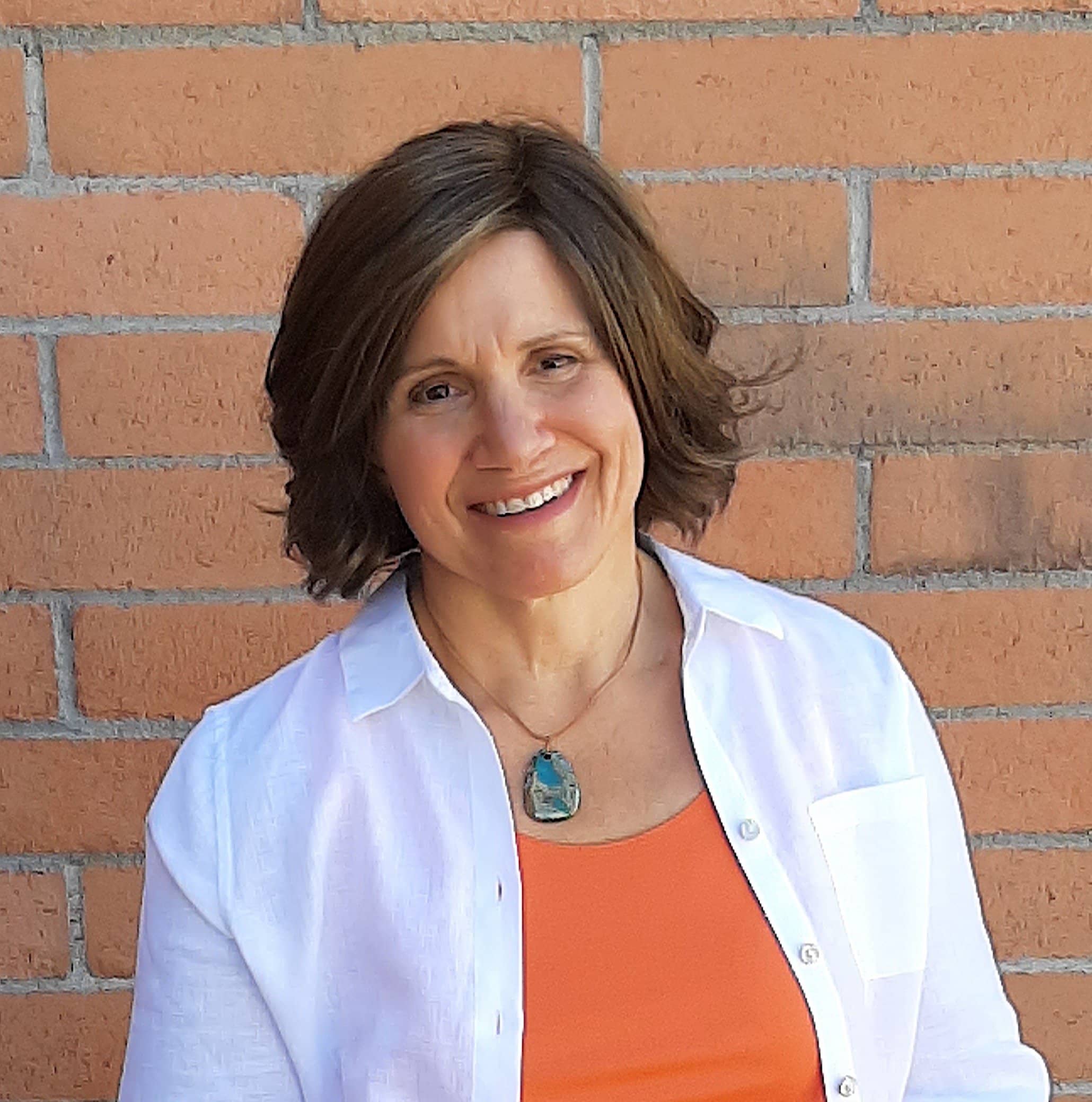Nancy Rynes’ love of art began with her childhood on a small farm in rural Illinois. Drawing, writing, working on the farm, and riding her Choctaw pony were a part of her life in the country. As a child, she often wandered the fields and forest with pencil and sketchbook, drawing anything and everything she could find. Horses, cattle, ducks, and chickens were some of her earliest subjects. Horses in particular captured her attention, due in part to her family’s long history with training Thoroughbreds for some of the eastern USA’s largest racing stables. She spent many Saturdays watching her great-uncle, trainer and breeder E.B. Carpenter, race horses at Arlington Park near Chicago. “Uncle Eb” as he was known, would often regale her with stories of the horses and jockeys he worked with, including legends like Eddie Arcaro, Laffit Pincay Jr., John Beebe, and many more.
The artist focused on drawing horses during her teen years, which led her to study fine art at the American Academy of Art in Chicago where she learned classical techniques of working from life and painting in a variety of media. She later went on to major in Geology and Archaeology at Northern Illinois University and the University of Colorado, and spent several seasons as an archaeological artist.Nancy later studied oil painting with noted artists Ralph Oberg, Dan Young, Matt Smith, Chris Alvarez, and Ken Elliott. Learning the finer points of landscape painting from these artists greatly influenced her use of bold brushwork, color, and light/shadow. Nancy still paints from life when possible – she believes it’s an exercise that keeps her tuned in to the true colors and patterns of light, not simply in how a camera captures it.After a serious cycling accident that nearly left her paralyzed, Nancy’s main artistic focus shifted back larger, more energetic works. The freedom, energy, and movement of animals in particular inspired her to paint larger and more energetically. Now, most of her paintings are devoted to these larger, more vibrant works that combine use of bold color and brushstrokes, all while trying to express the deeper energy of life. Nancy also enjoys including elements from her ethnic background in her work as well. This heritage includes indigenous South and North American (Quechua and Fox/Sauk), North African, Scottish, Danish, and Spanish.Founder of what is now Front Range Frames, Nancy designed and handcrafted custom, high-quality frames for artists and galleries. As lead designer and salesperson, she grew the business into profitability within just a few months. While she later sold Front Range Frames, she maintains her love of the craft by making her own frames by hand whenever possible.Nancy and her work have been featured on: NBC TV, The TODAY Show, Megyn Kelley TODAY, PBS Television, The Vail Symposium, The City of Louisville, BlogTalk Radio, and SiriusXM Radio.The artist has been honored with several one-person shows, as well as awards in juried competitions, and her work has been included in shows such as Draft Horse Classic, Art of the Animal Kingdom, Arts for the Parks, OPA National, International Exhibition on Animals in Art, Salon International, and many other national and regional juried shows and competitions. Nancy Rynes’ work has been featured in print in Southwest Art Magazine and International Artist, and has also been included in the books 100 Ways to Paint Your Favorite Subjects and The Madaba Plains Project: Forty Years of Research into Jordan’s Past.She currently lives near Tucson, AZ.
Statement
As an oil painter, I find inspiration in the energy, form, movement, and colors of the American west. My style is contemporary: bold compositions that are filled with color, balanced by a blend of authoritative brushwork and movement. It is art with a definite presence, prompting the viewer to see the animals and landscape around them in a new way. Sometimes calm, other times humorous or playful, my paintings show the viewer that the world in our immediate vicinity is filled with as much personality and beauty as our most favorite National Parks.
My goal is to bring even more life, vitality, and impact to my work by incorporating lessons learned from noted contemporary artists and deceased masters. Learning the finer points of painting from these teachers greatly influenced my use of bold brushwork, color, light, movement, and shadow in my own paintings. After a serious cycling accident that nearly left me paralyzed, my main artistic focus shifted. The freedom, energy, and movement of the animals and vast landscapes of the American west inspired me to paint larger and more energetically, taking time to explore this land in all of its amazing forms.While the beauty and movement of horses and other animals are my primary subject matter, recently I have reconnected to my appreciation of dramatic and bold landscapes as well. My process starts by preparing the canvas with a slightly absorbent ground, and once that is dry I sketch out the composition with graphite. The first layer of paint consists of often bright, vibrant, and varied colors that I choose specifically to shine through gaps in the upper layers of paint, which gives the finished work an unexpected glow. Once the initial paint has dried, I come in with the middle layers to add substance to the forms, movement, and energy of the piece. On most paintings, one or two additional sessions are needed to refine the form and colors, polish up the brushwork, and vary the edges.Currently I am focusing in on exploring even larger paintings with more gutsy compositions and unusual lighting, I enjoy the challenge of continually improving my work, and see my art as a way to bring a little energy and joy to the viewers’ lives.

